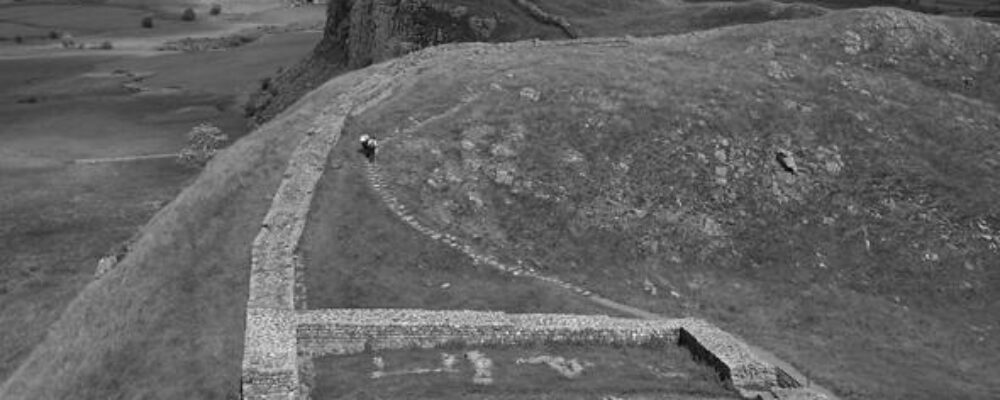Around a third (32%) of people who grew up in Chicago have carried a concealed firearm on the city streets at least once by the time they turn 40 years old, according to a major study of gun usage taking in a quarter of a century of data.
Urban sociologists behind the research argue that such carry rates are likely to be similar across many other major US cities.
The research suggests that almost half of men (48%) have carried a concealed gun by the age of 40, compared to just 16% of women.*
The study, published in Science Advances, is one of the few to track gun usage in the same US population across decades, and reveals that two-thirds of those who carried a gun in the past year started doing so in adulthood, compared to only a third who began in adolescence.
The research also found that gun carrying in adolescence and adulthood may occur in response to different concerns. Those who started carrying in their teens often picked up a handgun in response to experiencing gun violence first-hand.** This was not true of those who began carrying over the age of 21.
“Among adolescents, we found a strong association between either witnessing a shooting or being shot, and beginning to carry soon after,” said Dr Charles Lanfear, study lead author from the University of Cambridge.
“The majority of people who ever carry a concealed handgun start doing so in adulthood. For those adults, we found no link between direct exposure to gun violence and gun carrying,” said Lanfear from Cambridge’s Institute of Criminology.
“This pattern suggests that gun carrying among adults may be linked to perceived threats of a more general nature, such as the idea that the world is a dangerous place, and police are incapable of ensuring public safety. Whereas gun carrying in adolescence may more often be related to direct experiences of gun violence.
“One simple but crucial fact is clear from our study, that carrying a concealed firearm is now a common event in the life course for Americans,” Lanfear said.
In the US between 1995 and 2021 some 89% of firearm homicides were committed with a handgun. However, despite the US gun stock doubling over the past quarter-century, and homicides spiking in COVID-era America, little is known about when and why people start carrying handguns.
The latest study was conducted by researchers from the University of Cambridge, University of Pennsylvania and Harvard University. Data was taken from a representative sample of 3,403 children originally from Chicago who were tracked over a 25-year period between 1994 and 2021.
When data-gathering began in the mid-90s, children were drawn at random from 80 of Chicago’s 343 neighbourhoods and from across the racial and socioeconomic spectrum, as part of a major longitudinal study run by Harvard.
The new analysis of this huge tranche of data reveals what researchers have called “dual pathways” of concealed gun carrying: those who start in adolescence and those who start in adulthood, with the cut-off being the 21st birthday – the legal age for purchasing and carrying a handgun.
In addition to findings on why people carry, the team discovered that most people who carry a gun in their teens do not continue in later life, with only 37% still carrying in 2021. Those who start carrying handguns in adulthood are more persistent, with 85% still taking a gun out in public in 2021.
Moreover, the use of guns – whether it be shooting someone, shooting at someone, or brandishing a gun in self-defense – differs among the two groups.
Teenage gun-carriers that fired or brandished their weapons all did so for the first time before adulthood. “We found that no one who began carrying a gun in adolescence ended up using it for the first time after the age of twenty-one,” said Lanfear.
Those who picked up a gun in adulthood had a relatively steady rate of first usage over time, so that by middle age (40 years old) both groups of carriers had reached almost identical levels of gun usage: with around 40% of carriers having used a gun.
Researchers found a racial component to gun-carrying. Black individuals carried at rates over two times as great as those of Hispanic and white individuals. However, a previous study by the same team showed that Black city residents were twice as likely as White residents to witness a shooting by age 40.
In fact, the research found that those least likely to witness gun violence – White residents – are the most likely to start carrying a firearm in response to gun violence exposure.
While all self-described gun-carriers – whether they started in adolescence or adulthood –are more likely to have an arrest history compared to those who don’t carry guns, the researchers say their study reveals “stark” differences in why and when and for how long people take guns onto the streets.
Added Lanfear: “These findings take on new relevance given recent social changes in America. In 2020 and 2021 the nation saw a sharp increase in adult gun carrying, coinciding with an uptick in gun purchases following the outbreak of COVID-19 and the murder of George Floyd. We found the same trends in adult gun-carrying among our study sample.”
“The University of Cambridge is a public collegiate research university in Cambridge, England. Founded in 1209, the University of Cambridge is the third-oldest university in continuous operation.”
Please visit the firm link to site






